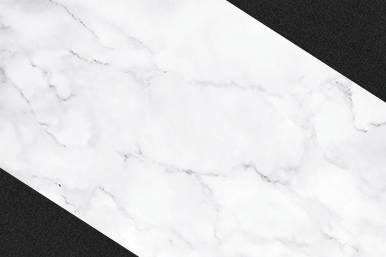20/20 in 2020: Fashion of the Smartphone’s Successor
Graphic by Quynh-Nhi Tran. Images via Epson, Wired, and Amazon.
When Google co-founder Sergey Brin released the ‘next big thing’ to the world in 2013, neither the ‘next big thing’ nor the world were ready.
The first Google Glass, an initial iteration of smart glasses technology, was but a prototype with acknowledged kinks and an uncertain societal role – was the Glass just a fashion flex for Tony Stark-esque tech heads? Or was it a legitimate challenger to the iPhone and reshaper of the wearable technology landscape? Two years later, after being taken off the market indefinitely, survey said: a powerful idea ahead of its time.
But as we turn the page on a new decade, the narrative has changed – in the era of vibrant virtual reality and interactive interfaces, the resurgence of smart glasses is primed. In 2017, the Google Glass Enterprise Edition made landfall, immediately offering significant improvements and tangible benefits in the realms of education, medicine and filmmaking. Just last May, an updated Edition 2 was released. Industries of all kinds are now shifting their focus, preparing for the massive adaptations that will become necessary in a world wherein the smartphone becomes obsolete. But this begs the question – is such a reality even possible?
The journalism sphere certainly thinks so. Already having adjusted to the ‘unthinkable’ paradigm shifts of print news to web and web to smartphone, media outlets’ rampant research into augmented reality (AR) consumer behavior indicate another great shift is on the horizon. Targeted advertising, real-life ‘cookies’ and facial recognition have elevated the stakes – and potential economic profit of smart glasses – through the roof. Per Statista, the AR worldwide market size will reach 198 billion dollars in 2025.
Though skeptics are common, in an age of exploding technological advancements and trends, a global shift to widespread smart glasses is not any odder or more unexpected than what we’ve already seen – consider the rapid mass-acceptance of AirPods, smart watches, GoPro and smartphones themselves. Why would glasses not be a logical next step?
Industry experts forecast that the major tech giants – Apple included – will have smart glasses on the market by 2022-2023, ever so gradually shifting their focus away from smartphones. But what factor, ultimately, will prompt this transition? The answer, of course, is fashion.
To effectively and acceptably pry addictive rectangles from the hands of millions, smart glasses must be fashionable and chic enough for the masses to wear comfortably and confidently. As much as this new wave is a battle for technological superiority, such a culture shift is arguably more importantly about appearance.
So who are the main players? And what looks are they serving?
Epson, a Japanese electronics company, has developed a thin bifocal-esque design that places an emphasis on sleekness and futuristic rendering.
Image via Epson
Google is less concerned about inconspicuousness, packaging their technology into a more everyday, quotidien frame.
Image via Wired
The Vuzix Blade, while quite bulky, remains perhaps the least obvious ‘smart’ pair of glasses.
Image via Amazon
Apple’s much-anticipated design, despite unconfirmed online “leaks” and predictions, has yet to be officially announced.
While the technology we use today – and the media we produce and consume – continues to double as a form of personal expression, the accelerating trajectory of smart glasses only augments the role of creativity and voice in our ever-connected lives. As what we deem ‘the future’ becomes nearer and nearer, the intersection of smart glasses and style will soon become seamless, opening the doors to a brand new world of tech fashion. With ubiquity inevitable, let’s collectively hope the design iterations are anything but a sight for sore eyes.




